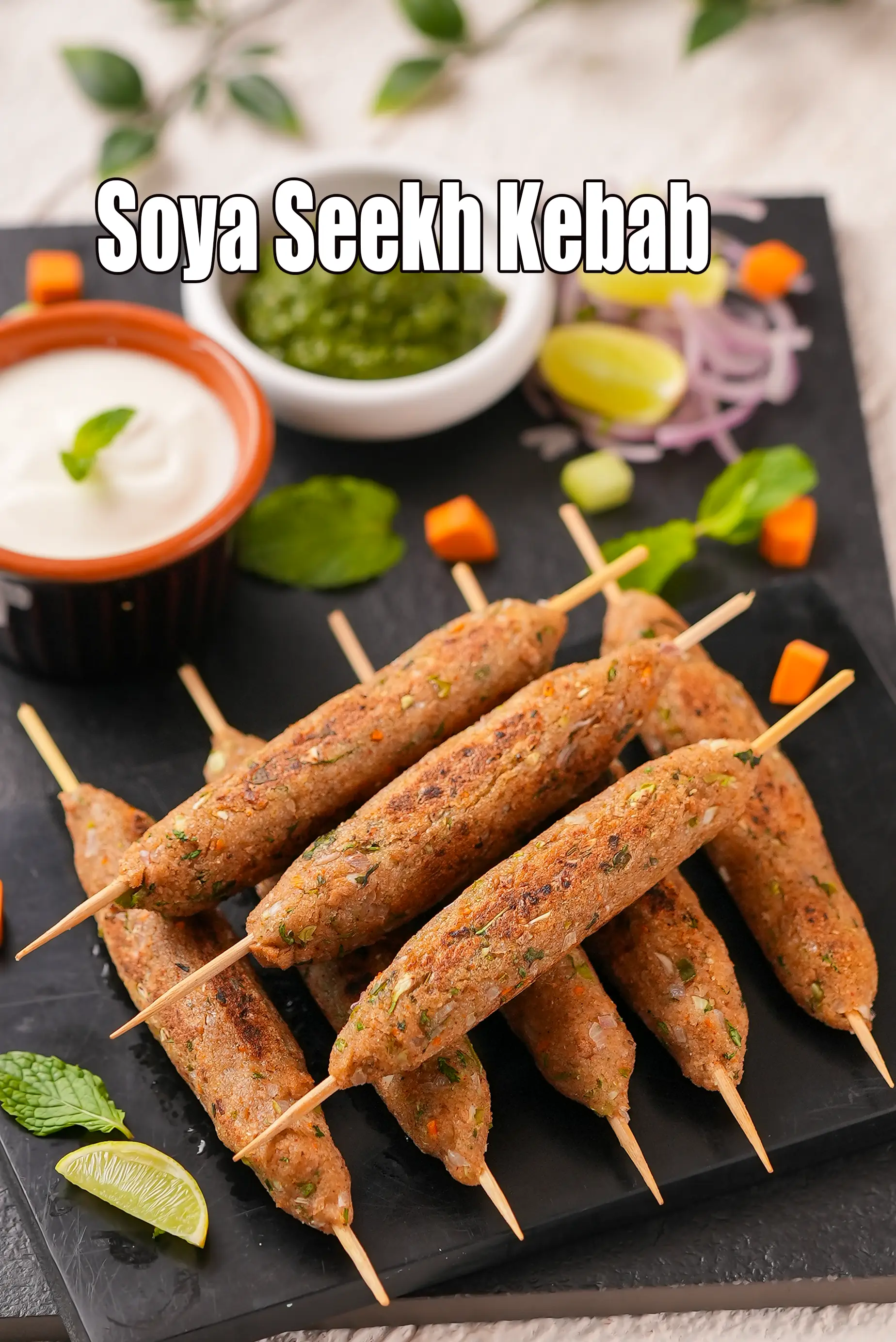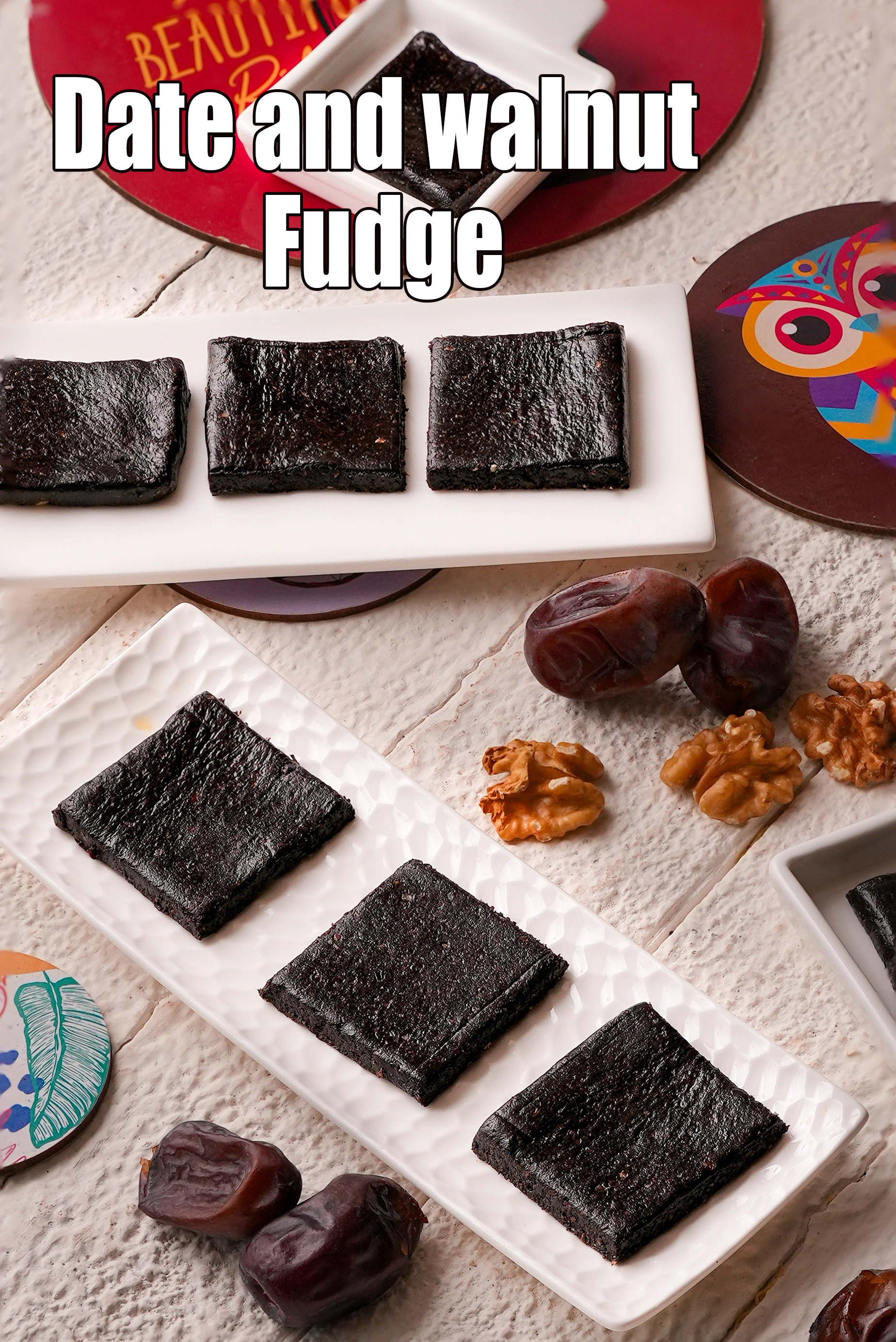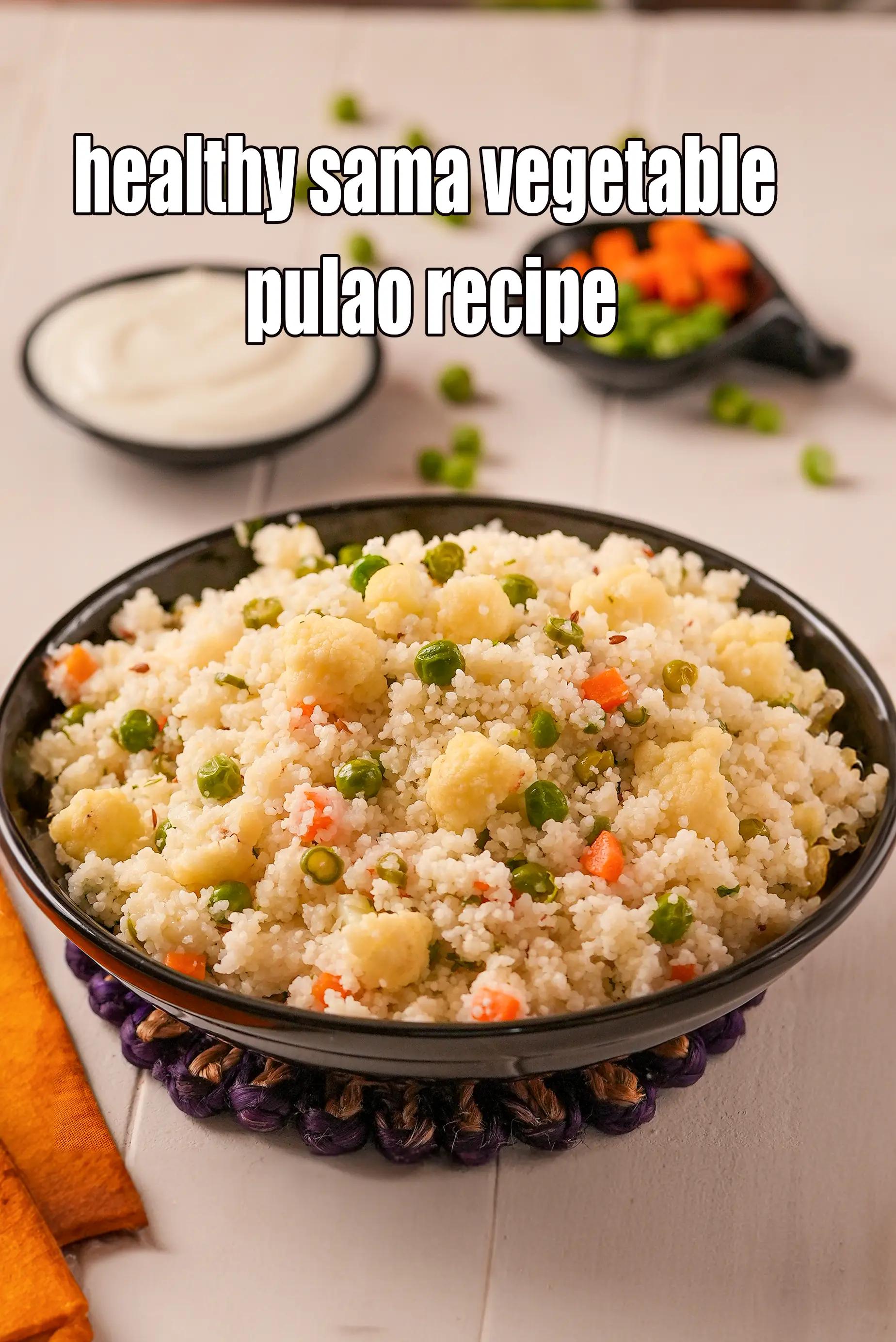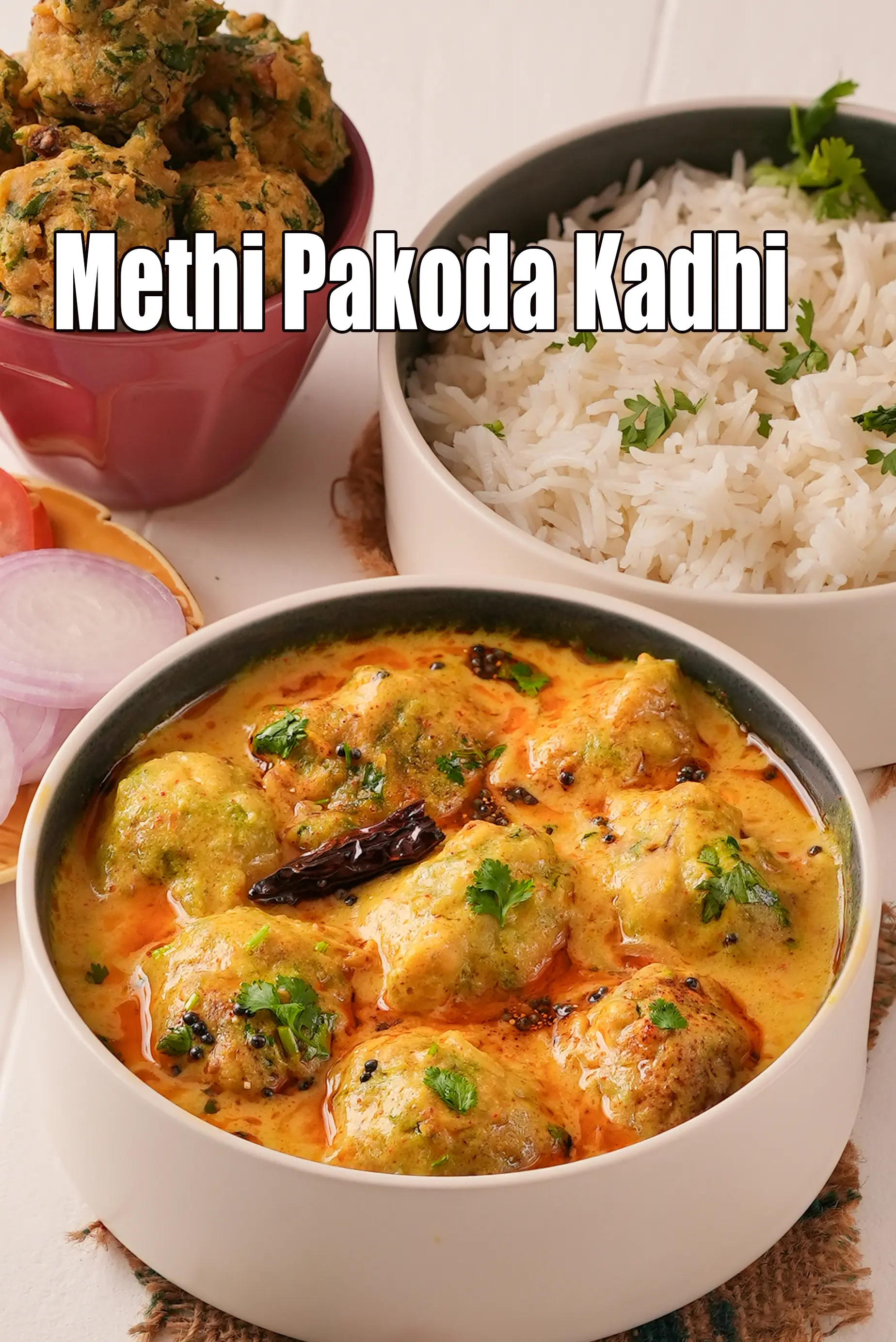whole wheat flour
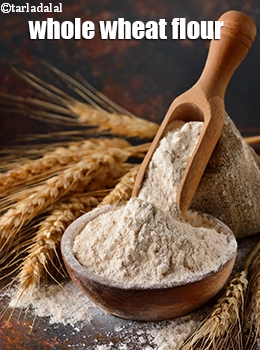
Table of Content
What is whole wheat flour, gehun ka atta, gehun ka aata?
The word "whole" refers to the fact that all of the grain (bran, germ and endosperm) is used and nothing is lost in the process of making the flour. This is in contrast to white, refined flours, which contain only the endosperm.
Whole wheat flour is brown in colour as it is derived from the complete wheat kernel. It has a sweet and nutty flavour too. The whole wheat flour may be bleached or unbleached. Bleached whole wheat flour is lighter in colour than unbleached whole wheat flour. You can grind the wheat to get coarse or fine textured flour as per recipe requirements.
Also Known as
Gehun ka atta, whole meal flour
How to select whole wheat flour, gehun ka atta, gehun ka aata
• Whole wheat flour is available prepackaged. However, have a good look at the label before buying. Look for products that have "100 per cent whole wheat" on the label. Labels such as "stone-ground", "seven-grain", and "multigrain" often do not contain whole wheat flour and are not as nutritious.
• Goods made of whole wheat flour are also available; however you need to be careful in choosing wisely. Dont be misled by darker coloured breads, as some companies simply add caramel colouring or molasses to give a browner colour. Look for "whole wheat flour" as the first ingredient. Avoid products whose first ingredient is "wheat flour" or "enriched flour" as they generally do not contain whole wheat flour.
Culinary Uses of whole wheat flour, gehun ka atta, gehun ka aata
chapati recipe | authentic Indian chapati recipe | chapati for weight loss | soft whole wheat chapati |
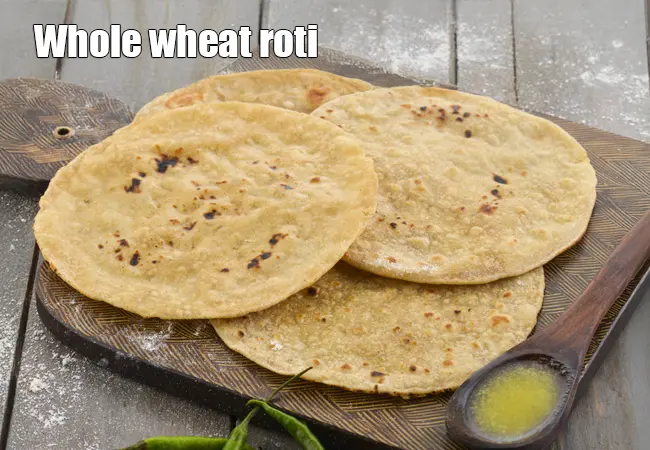
Masala puri made with whole wheat flour perked up with spices is a popular breakfast in Gujarat.
Dudh ki Roti is another variant of the normal roti, its soft texture and the pleasant flavour of milk and ghee is liked by all.
Aloo paratha, Gobi paratha are famous breakfast food in Punjab, commonly topped with homemade white butter, served with pickle and a glass of sweet lassi.
Delight your kids with these melt-in-the-mouth treats like Cheese paratha or Chocolate cheese paratha.
• Products with whole wheat flour might not be as tasty as those made with refined flour. Nevertheless, for its health benefits we have to practice our palate to like it.
• Whole wheat flour tends to produce baked goods with a heavy, dense texture as well as a bitter taste, especially when used in recipes developed for all-purpose flour.
• Start by replacing only part of the all-purpose flour with whole-wheat. This significantly ups the recipes whole grain count, but prevents the baked goods from becoming too dense. It also minimises the astringent flavours that some people dislike about whole wheat.
• Nevertheless, it is possible to make a high-rising, light loaf of 100% whole wheat bread, so long as one increases the water content of the dough (the bran and germ in whole wheat absorb more water than plain white flour), kneads the dough for a longer period of time to develop the gluten adequately, and allows for a longer rise before shaping the dough.
• Some bakers let the dough rise twice before shaping.
• The addition of fats, such as butter or oil, and milk products (fresh milk, powdered milk, buttermilk, yogurt, etc.) can also greatly assist the rise.
• In India, whole wheat flour is extensively used to make dishes like roti, paratha and sheera.
• It can also be used to make pasta and noodles.
How to store whole wheat flour, gehun ka atta, gehun ka aata
• Whole wheat flour is more susceptible to spoilage than other flours because it contains the oils from the bran that can become rancid.
• If the flour is stored at room temperature, try to use it within a week or two.
• Otherwise you can store the flour in the fridge or freezer for up to a year.
Nutritional Information of Whole Wheat Flour, gehun ka atta
One cup of Whole Wheat Flour is 130 grams, which makes 8 rotis.
RDA stands for Recommended Daily Allowance.
Nutritional Information for 1 cup Whole Wheat Flour
443 Calories
15.73 grams of Protein
90 grams of Carbs
2.21 grams of Fat
461.5 mg of Phosphorus : 76.9% of RDA (about 600 mg for adult)
Full Nutritional Details of Whole Wheat Flour here.
Health benefits of whole wheat flour, gehun ka atta, gehun ka aata
5. Whole wheat flour is Rich in Folic Acid:
Whole wheat flour is indeed a valuable source of folic acid, also known as Vitamin B9, which is a crucial B vitamin essential for numerous bodily functions. This naturally occurring folate in whole wheat flour contributes significantly to cell growth and development, playing a vital role in the synthesis of DNA and RNA. This makes it particularly important for the production of healthy red blood cells, thus helping to prevent certain types of anemia. Unlike refined flours where much of the natural folate is lost during processing, whole wheat flour retains this important nutrient due to the inclusion of the entire wheat kernel.
The richness in folic acid makes whole wheat flour especially beneficial for certain demographics, particularly pregnant women or those planning to conceive. Adequate folic acid intake both before and during early pregnancy is critical for preventing neural tube defects (NTDs) in the developing fetus, which are serious birth defects of the brain and spine. Beyond pregnancy, folic acid also supports overall cardiovascular health by helping to regulate homocysteine levels in the blood, an amino acid that, when elevated, has been linked to an increased risk of heart disease. Incorporating whole wheat flour into the daily diet, through staples like rotis and chapatis, offers a natural and accessible way to boost folic acid intake and support these vital physiological processes.
3. Whole wheat flour is Diabetic Friendly:
Whole wheat flour, known as atta in India, is a foundational grain product created by grinding the entire wheat kernel. Unlike refined flours, which strip away the bran and germ, atta keeps all three parts of the wheat berry: the protective outer bran layer, the nutrient-rich germ (packed with healthy fats, B vitamins, and vitamin E), and the starchy endosperm. This comprehensive inclusion makes whole wheat flour darker, heartier, and gives it a distinct nutty flavor, cementing its role as a cornerstone of healthy eating.
In India, atta holds immense cultural and culinary significance, forming the base of daily meals for millions. It's the key ingredient for making everyday staple flatbreads like rotis, chapatis, parathas, and puris. The traditional Indian milling process, often using stone mills (chakkis), grinds the wheat to a fine consistency perfect for these soft, pliable flatbreads. This widespread use means atta isn't just a food item; it's a symbol of wholesome, home-cooked Indian cuisine deeply woven into dietary habits.
See detailed 11 benefits of whole wheat flour and why its good for you.
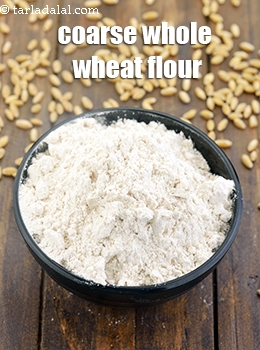
coarse whole wheat flour
Coarse whole wheat flour refers to the wheat flour which is milled to a coarse texture. As compared to normal whole wheat flour, this flour is coarse in texture and earthier in taste. Its texture is close to texture of sand, flecked with bran flakes. This kind of flour is commonly used in Rajasthani cuisine in dishes like churma, laddoos and also in other Indian sweets. Some people also use this flour to make breads with coarse texture. Other applications for Coarse Whole Wheat Flour are specialty breads and rolls such as multi-grain. It is also used in many wheat breads to provide a 'nutty' flavour and texture.

Related Recipes
Veg Frankie, Mumbai Roadside Recipe
Doodhi Muthia ( Gujarati Recipe)
Aloo Paratha, Punjabi Aloo Paratha Recipe
Gobi Paratha, Punjabi Gobi Paratha
More recipes with this ingredient...
whole wheat flour (662 recipes), coarse whole wheat flour (5 recipes)
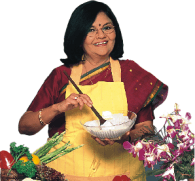
Related Glossary
Follow US
Recipe Categories
- Vitamin B12 Cobalamin Rich Recipes 33 recipes
- Low Calorie, Weight Loss Indian Recipes 421 recipes
- Low Cholesterol Indian Recipes 307 recipes
- Healthy Indian Breakfast 372 recipes
- Indian Diabetic recipes 558 recipes
- Indian Pregnancy recipes 461 recipes
- Zero Oil Indian Recipes 133 recipes
- Iron Rich Indian recipes 267 recipes
- Healthy Indian Acidity recipes 132 recipes
- Healthy Sabzis 108 recipes
- Indian Healthy Veg Snack 275 recipes
- Healthy Heart Recipes 415 recipes
- Healthy Veg Indian Soups 74 recipes
- Calcium Rich Indian Recipes 373 recipes
- High Blood Pressure Indian Recipes 100 recipes
- Healthy Indian Salads Recipes 137 recipes
- Low Carb Indian Diet, recipes 160 recipes
- Hypothyroidism Diet 59 recipes
- Arthritis Diet 68 recipes
- Vitamin K Diet 41 recipes
- High Protein Indian recipes 93 recipes
- Fatty Liver Diet 30 recipes
- PCOS 132 recipes
- Gluten Free Veg Indian 193 recipes
- High Fiber 328 recipes
- Indian Cancer Patients 275 recipes
- Jaundice Diet 45 recipes
- Sprouts 61 recipes
- Typhoid 43 recipes
- Irritable Bowel Syndrome (IBS) 20 recipes
- Kidney Stone Diet 9 recipes
- Home Remedies 213 recipes
- Senior Citizen 195 recipes
- Diet for Dialysis 10 recipes
- Healthy Indian Drinks and Juices 213 recipes
- Gout Indian Recipes 17 recipes
- Potassium Rich 80 recipes
- Vegan 195 recipes
- Indian recipes to treat Vomiting 7 recipes
- Forever Young Diet, Anti Aging Indian Diet 255 recipes
- High in Omega 3 Fatty Acids 31 recipes
- Zinc Rich Foods 55 recipes
- Vitamin B1 Rich Indian Foods, Recipes 101 recipes
- Vitamin A Rich, Beta Carotene, Retinol 87 recipes
- Malaria Diet 17 recipes
- Antioxidant Rich Indian 445 recipes
- Magnesium Rich 94 recipes
- Low Veg Glycemic Index 86 recipes
- Healthy Indian Dinner 85 recipes
- Vitamin C Rich Indian recipes 118 recipes
- Lower Blood Pressure Salads 7 recipes
- Healthy Indian Lunch Recipes 29 recipes
- Lactation 25 recipes
- Hyperthyroidism Diet 46 recipes
- Vitamin E Rich 50 recipes
- Vitamin B3, Niacin Rich 41 recipes
- Post Surgery Diet 42 recipes
- Lower Blood Pressure Desserts Sweets 14 recipes
- Selenium 27 recipes
- Phosphorus Rich Indian Recipes, Foods 74 recipes
- Copper 15 recipes
- Foods Rich in Vitamin B2 Riboflavin 22 recipes
- Vitamin B6 Diet 36 recipes
- Vitamin B9 Rich Folate 50 recipes
- B Vitamins 231 recipes
- Marathoners, Endurance Athletes, Triathlete 225 recipes
- Manganese Diet 32 recipes
- Thalassemia 18 recipes
- Detox Water, Fruit Infused Water 42 recipes
- Lactose Free Dairy Free 22 recipes
- Omega 6 Fatty Acids 32 recipes
- Phytonutrients 51 recipes
- Chronic Kidney Disease Indian recipes 11 recipes
- Selenium1 0 recipes
- Quick Snacks / Quick Starters 385 recipes
- Quick Breakfast Indian 131 recipes
- Quick Sabzis 117 recipes
- Quick Rotis / Parathas 46 recipes
- Quick Indian Sweets 139 recipes
- Quick Stir-Fries 51 recipes
- Quick Vegetarian Indian Soups 72 recipes
- Quick Chutneys 67 recipes
- Quick Vegetarian Rice, khichdi Recipes 56 recipes
- Indian snacks under 10 minutes 44 recipes
- Quick Indian Dips, Gravies & Sauces 103 recipes
- Quick Veg Indian Pizza 17 recipes
- Quick Veg Pasta 25 recipes
- Quick Pickles / Aachar 25 recipes
- Quick Dals / quick Kadhis 29 recipes
- Snacks under 5 minutes 33 recipes
- Quick Healthy Recipes 43 recipes
- Quick Pressure Cooker 46 recipes
- Quick Desserts 47 recipes
- Quick 3 Ingredients 63 recipes
- Quick Indian Desserts 19 recipes
- Quick 4 Ingredients 41 recipes
- Quick 5 Ingredients 41 recipes
- Kids Tiffin Box 319 recipes
- Recipes for Toddlers (1-3 Years) 31 recipes
- Sweet Recipes for Kids 453 recipes
- Recipes for Baby (10 to 12 Months) 14 recipes
- Quick Indian recipes for Kids 72 recipes
- Indian Breakfast Recipes for Kids 192 recipes
- Recipes for Weaning (8 to 9 months) 20 recipes
- Healthy Foods for Kids 195 recipes
- Snack Recipes for Kids 619 recipes
- Recipes Kids can make 36 recipes
- Kids After School 794 recipes
- Kids Jar Snacks 66 recipes
- Finger Foods for Babies, Toddlers and Kids 76 recipes
- Kids Weight Gain 43 recipes
- Kids Wraps and Rolls 23 recipes
- Kids Veg Pasta 27 recipes
- Kids Brain Boosting 68 recipes
- Protein rich food for kids 69 recipes
- Recipes for Weaning 13 recipes
- Kids Pizzas 30 recipes
- Babies, Toddler and Kids Iron Rich Foods 31 recipes
- High Fiber Foods for Kids 39 recipes
- Kids Noodles 37 recipes
- Kids High Energy Indian Foods 103 recipes
- Kids Calcium Rich Indian recipes 91 recipes
- Kids Recipes for Increasing Immunity 10 recipes
- Babies recipes, 6 to 18 months 31 recipes
- Kids Weight Loss 58 recipes
- Teething Recipes for Babies 10 recipes
- Cereals and Pulses for 8 to 9 months Baby 6 recipes
- Weaning foods at 7 months 8 recipes
- Indian Teen 315 recipes
- Starters / Snacks 2137 recipes
- Indian Breakfast Recipes 819 recipes
- Main Course Recipes 925 recipes
- Indian Salads 385 recipes
- Indian Desserts , Sweets 985 recipes
- Indian Soups 249 recipes
- Indian Beverages, Indian Drinks 483 recipes
- Indian Dinner 903 recipes
- Indian Dinner1 0 recipes
- Indian Lunch 830 recipes
- Side Dishes 449 recipes
- Indian Travel Food 433 recipes
- Indian Barbeque1 recipes 22 recipes
- Frozen Foods, Indian Freezer Recipes 67 recipes
- Whole Wheat Recipes 56 recipes
- Indian Comfort Foods 212 recipes
- Dinner Menus 56 recipes
- Easy Indian Veg 70 recipes
- Innovative Indian Recipes 27 recipes
- No Cook Indian 37 recipes
- Advanced Recipes 10 recipes
- Cakes with Eggs 13 recipes
- Microwave 229 recipes
- Oven 619 recipes
- Indian Steamer Recipes 102 recipes
- Kadai Veg 406 recipes
- Indian Barbeque Recipes 43 recipes
- Sizzler tray 15 recipes
- Mixer 566 recipes
- Pressure Cooker 315 recipes
- Tava 646 recipes
- Non-stick Pan 1393 recipes
- Appe Mould 17 recipes
- Indian Freezer recipes, meals 57 recipes
- Pan 223 recipes
- Deep Pan 150 recipes
- Non Stick Kadai Veg 203 recipes
- Refrigerator 176 recipes
- Waffle Indian recipes 6 recipes
- Handi 12 recipes
- Juicer and Hopper 64 recipes
- Grill 31 recipes
- Toaster 21 recipes
- Gas Toaster 8 recipes
- Steam 72 recipes
- No Cooking Veg Indian 335 recipes
- Vegetarian baked Indian recipes 380 recipes
- Boiled Indian recipes 129 recipes
- Deep Fry 259 recipes
- Indian Tawa 266 recipes
- Shallow Fry Indian 25 recipes
- Microwave1 172 recipes
- Saute 273 recipes
- Indian Pressure Cooker 171 recipes
- Stir-fry 100 recipes
- Roasting 0 recipes

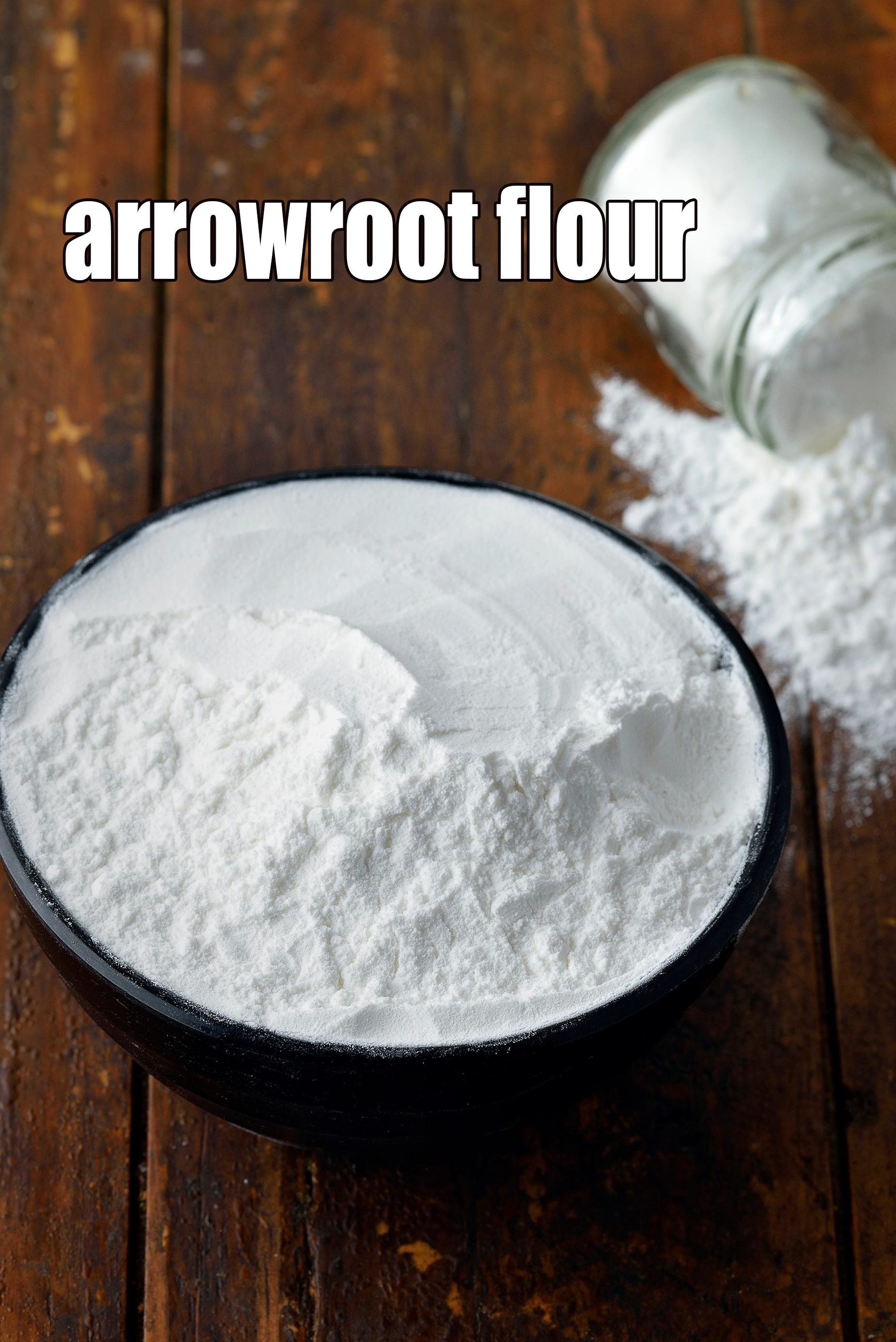
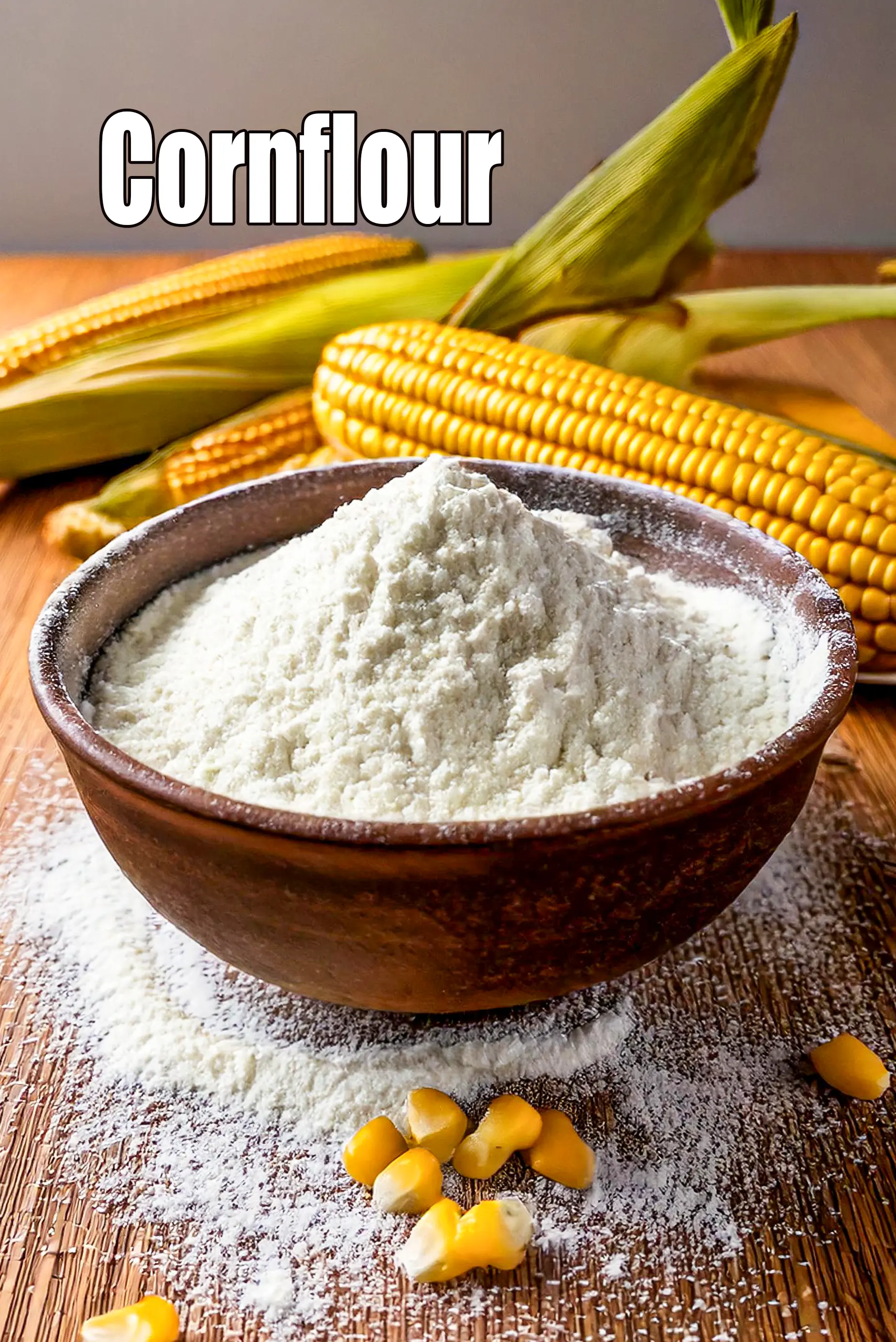
.webp)
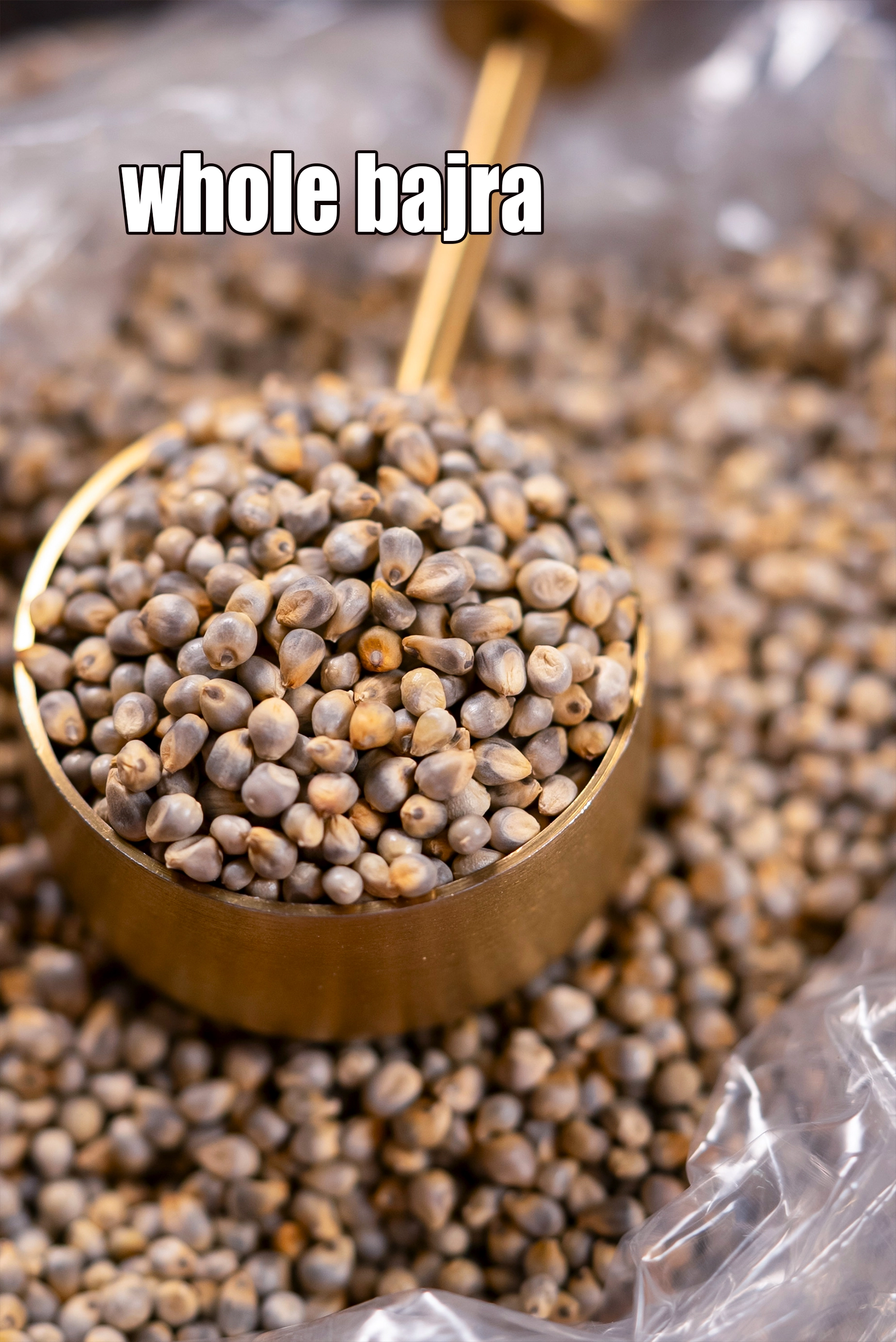
.webp)



